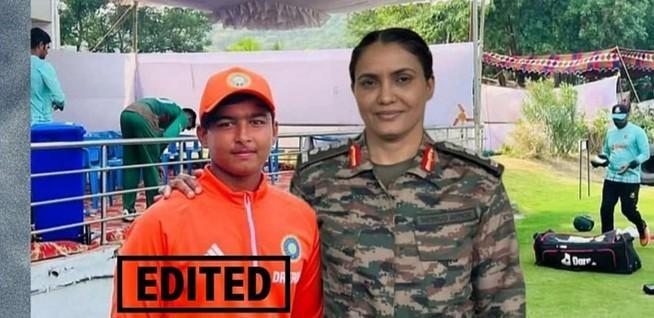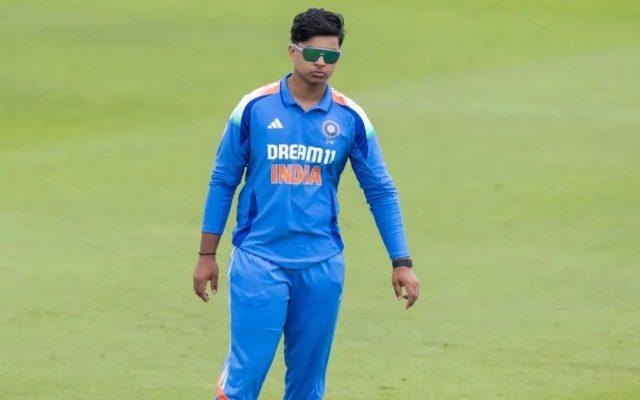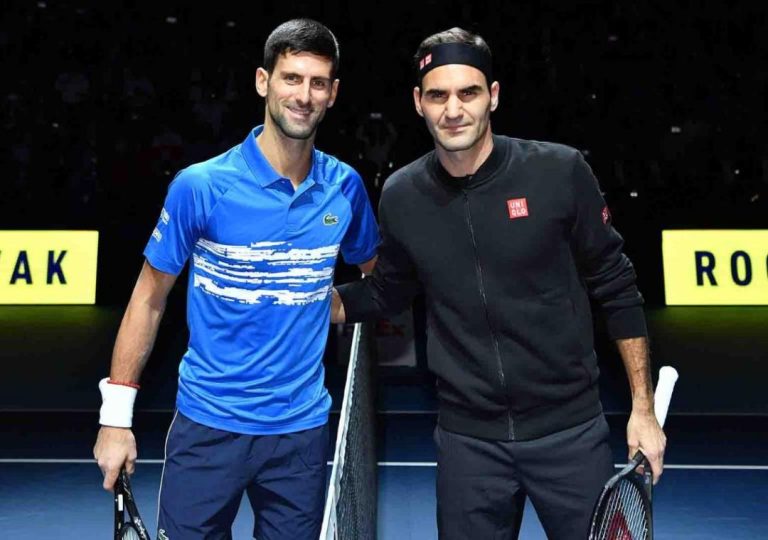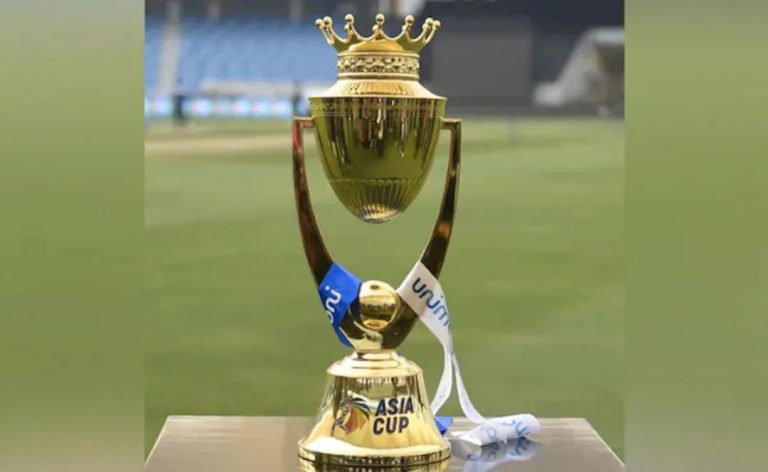
Edited Image Shared as Col Qureshi Standing Next to Suryavanshi
In today’s digital age, it’s not uncommon to come across misleading and manipulated images on social media. One such image is currently circulating online, which has been edited to show Colonel Sofiya Qureshi, who briefed the media during Operation Sindoor, standing next to Rajasthan Royals cricketer Vaibhav Suryavanshi. But, as it turns out, the image has been altered to add Qureshi’s picture.
A recent fact-check by The Quint revealed that the original image shows Suryavanshi standing next to former Indian cricketer Wasim Jaffer, not Colonel Qureshi. The edited image has been doing the rounds on social media, leaving many users wondering about the authenticity of the picture.
For those who may not be aware, Colonel Sofiya Qureshi made headlines recently for her bravery during Operation Sindoor, a military operation carried out by the Indian Army in Jammu and Kashmir. Her briefing to the media about the operation was widely covered in the media, and she has since become a symbol of courage and determination.
The edited image, which has been doing the rounds on social media, appears to show Colonel Qureshi standing next to Suryavanshi, with both of them smiling and waving at the camera. However, a reverse image search revealed that the original image is actually a photo of Suryavanshi standing next to Wasim Jaffer, a former Indian cricketer who has played for the country’s national team.
The Quint’s fact-check report highlights the importance of verifying the authenticity of images before sharing them on social media. In today’s digital age, it’s easy to manipulate images and spread misinformation. This edited image is just one example of how quickly false information can spread online.
So, why is it important to verify the authenticity of images? For one, it helps to prevent the spread of misinformation and fake news. When we share false information online, we can inadvertently spread harmful or misleading content that can damage people’s reputations or even spark unnecessary controversy.
Furthermore, verifying the authenticity of images also helps to promote transparency and accountability. In today’s digital age, it’s crucial that we hold ourselves and others accountable for the information we share online. By verifying the authenticity of images, we can ensure that we are sharing accurate and reliable information that reflects the truth.
In the case of the edited image of Colonel Qureshi and Suryavanshi, it’s clear that the image has been manipulated to add Qureshi’s picture. This is a clear example of how easily false information can spread online, and how important it is to verify the authenticity of images before sharing them on social media.
So, what can we do to prevent the spread of misinformation online? For one, we can be more cautious when sharing images on social media. Before sharing an image, we can take a few seconds to verify its authenticity by conducting a reverse image search or checking with credible sources.
We can also promote transparency and accountability by sharing accurate and reliable information online. By doing so, we can help to prevent the spread of misinformation and promote a culture of truth and integrity online.
In conclusion, the edited image of Colonel Qureshi and Suryavanshi is just one example of how easily false information can spread online. By verifying the authenticity of images and promoting transparency and accountability, we can help to prevent the spread of misinformation and promote a culture of truth and integrity online.






